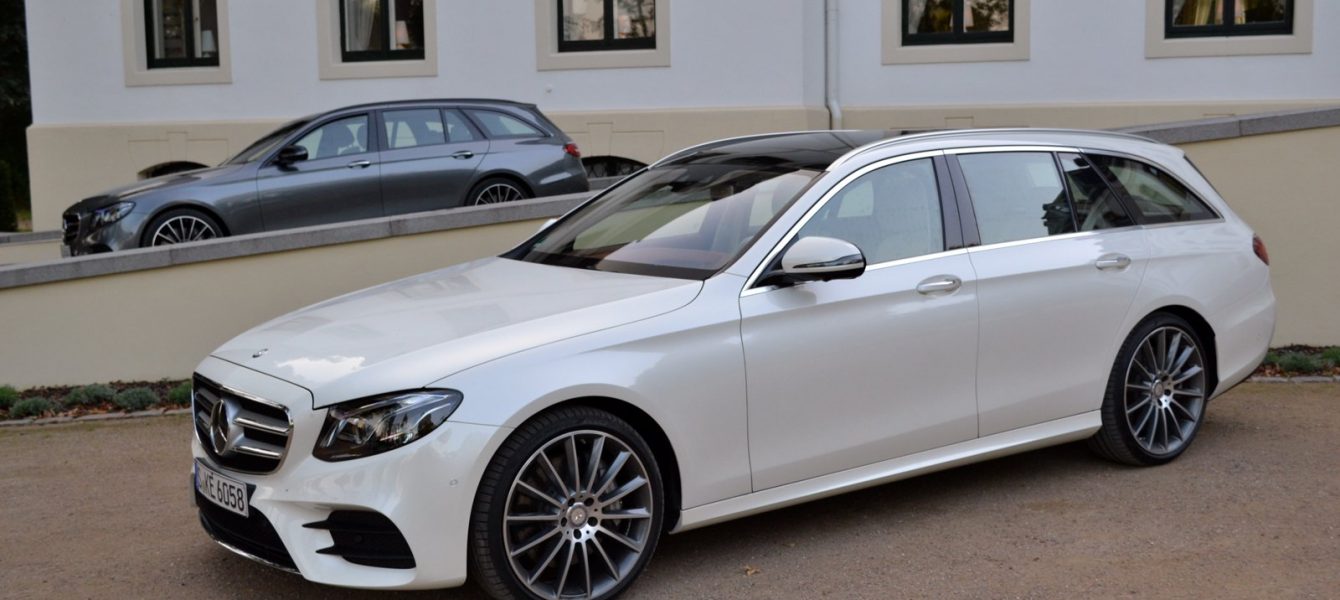Grab your tin foil hat, we’re going on a wild ride.
Recently, WikiLeaks began a new series of leaks on the U.S. Central Intelligence Agency (CIA) under the code name “Vault 7.” WikiLeaks says it’s the largest-ever publication of confidential documents on the agency and the first full part of the series includes 8,761 documents and files from an isolated, high-security network situated inside the CIA’s Center for Cyber Intelligence in Langley, Virginia.
There’s a lot that these documents allege, but one of the most shocking is the following statement: “As of October 2014 the CIA was also looking at infecting the vehicle control systems used by modern cars and trucks. The purpose of such control is not specified, but it would permit the CIA to engage in nearly undetectable assassinations.”
We already know that cars can be hacked, as was demonstrated in 2015 with the Jeep Cherokee. WikiLeaks links to meeting notes from 2014 that lists “potential mission areas” for the CIA’s Embedded Devices Branch, which includes “Vehicle Systems” and “QNX.”
SEE ALSO: Jeep Cherokee, Uconnect Vulnerable to Wireless Hacking
Unfortunately the documents don’t appear to go into details on how the CIA intended to hack into vehicles. But it does introduce the question of how possible it would be for a hacker to take control of your vehicle and potentially crash it. And it’s not entirely out of the question, considering security researchers Charlie Miller and Chris Valasek showed it was possible with the hack of the 2014 Jeep Cherokee through its Uconnect infotainment system.
While the prospect of self-driving cars and vehicle-to-vehicle communication has its benefits, it does raise security concerns and just how safe the technology can be to use. Unfortunately, there isn’t much the average consumer can do about cyber threats – it’s really up to the automakers to take security seriously as we enter a new age of self-driving and autonomous vehicles.



Leave a Reply